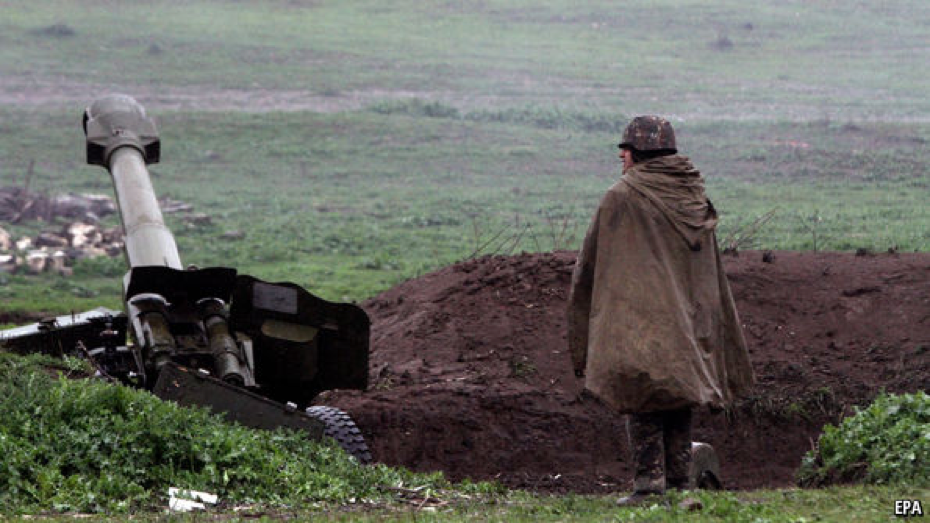Editorial The Economist, 15.04.2016
Few noticed when intense fighting broke out in early April in Nagorno-Karabakh, a disputed enclave between Armenia and Azerbaijan. Some 50 people were killed over four days, as tanks, helicopters and artillery lit up a long-forgotten front. The revival of the conflict briefly attracted the attention of the international community, as officials from America, the European Union, and Russia all urged calm, aiming to prevent full-scale war from reigniting. After Moscow helped broker a ceasefire, the hostilities slowed; nonetheless, lasting peace remains a fantasy. So what is the Nagorno-Karbakh conflict about?
Perched between the Russian, Ottoman, and Persian empires, Armenia and Azerbaijan have a long history of tension. After a brief jostle for independence in the wake of the first world war, Armenians and Azerbaijanis came under Bolshevik control; Soviet commissars declared Nagorno-Karabakh a part of Azerbaijan, though a majority Armenian population remained. In 1988, Nagorno-Karabakh voted to secede from then-Soviet Azerbaijan and join Armenia. As the Soviet Union collapsed, a bloody war broke out over the territory. Some 30,000 were killed and hundreds of thousands displaced before a 1994 ceasefire halted the combat. Armenian forces took Nagorno-Karabakh and several surrounding regions, leaving Azerbaijan around 15% smaller. But despite the ceasefire, low-scale fighting continued along the line of contact. The peace plan provided for no peacekeeping forces and only a handful of unarmed monitors. Pressure from external mediators—chiefly Russia, America and France, which chair the negotiating group—never overcame the internal resistance to compromise.
With time, resentments have only deepened. Azeri and Armenian leaders have stoked nationalist narratives to consolidate power. Azeri oil wealth fueled an arms race; Baku's defence spending eventually came to exceed Yerevan's entire government budget. As peace talks remained stalled, and the international community demonstrated little interest in reviving them, the use of force became increasingly common along the front. During the latest clashes (which both sides blame the other for starting), Azeri forces attempted for the first time not only to rattle their Armenian foes, but to seize new territory. For Azerbaijan, the moment may have seemed ripe for reshuffling the diplomatic cards. Falling oil prices have pinched an economy that depends on oil and gas for nearly 95% of exports; it may also force Azerbaijan to cut defence outlays by 40% this year, according to IHS Jane's, a consultancy. For Azerbaijan especially, using force serves to reinvigorate negotiations and demonstrate that "this conflict is not solved," says Anar Valiyev, a Baku-based analyst.
Failure to make meaningful progress toward peace will only bring about a backslide toward more war. The latest clashes "illustrated the risks of leveraging violence," argues Laurence Broers of Chatham House, a British think-tank. A new outburst could erupt at anytime. If allowed to spin out of control, Nagorno-Karabakh could morph into a wider regional war, one that could pit Russia (which has a military base in Armenia and a treaty obligation to defend it against external attacks) and Turkey (which backs its ethnic brethren in Azerbaijan) against each other. Nagorno-Karabakh is often called a "frozen" conflict; but conflicts need resolving, not freezing.



